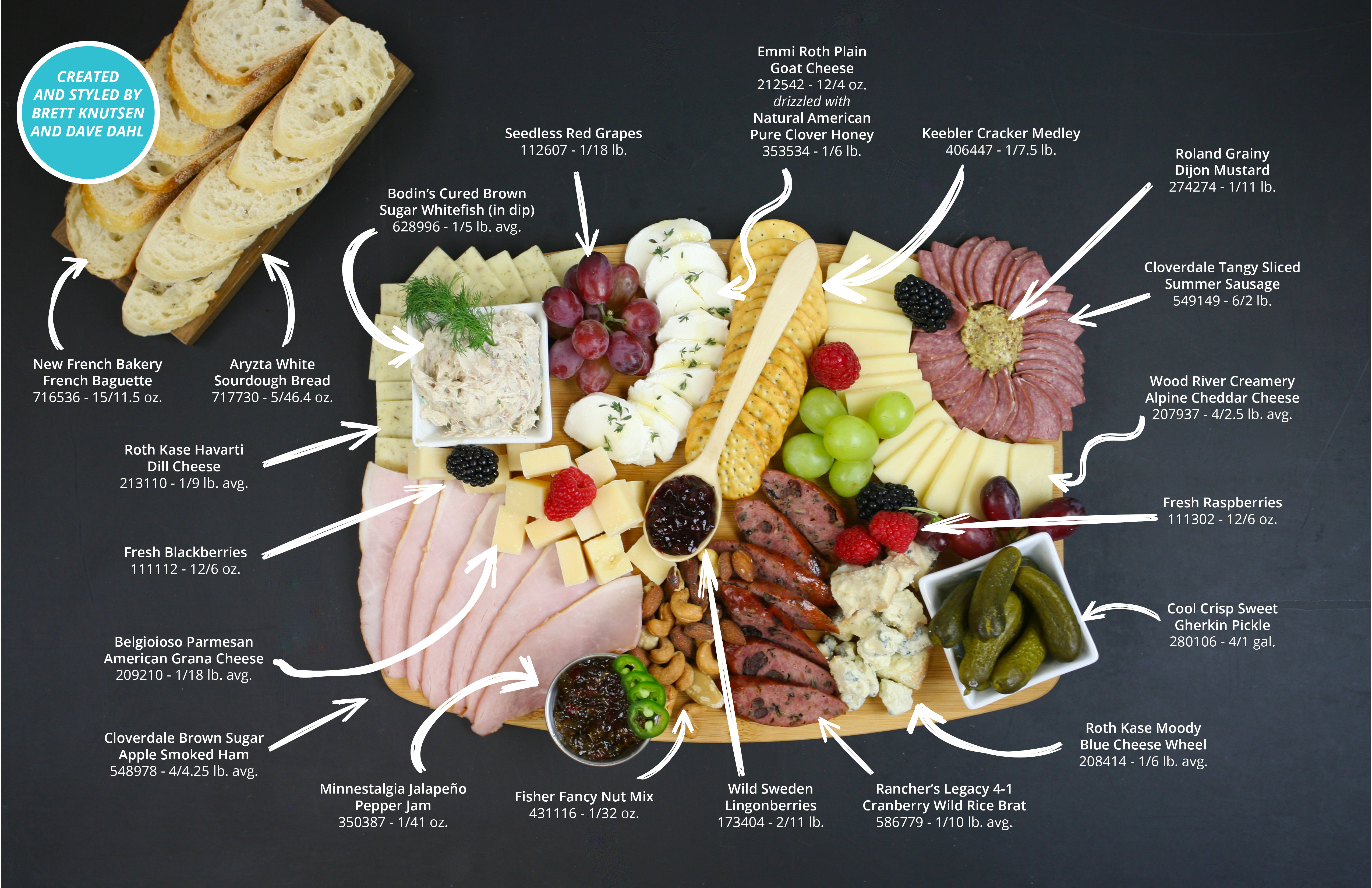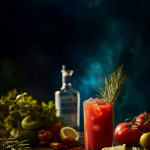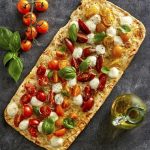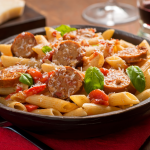The perfect crowd-pleasing appetizer.
Charceuterie has always been shaped by regional variety. Alain Sinturel, founder of Les Trois Petits Cochons in Manhatten said, “Each region uses its geographic strength, and the wealth of readily available ingredients in that area.”
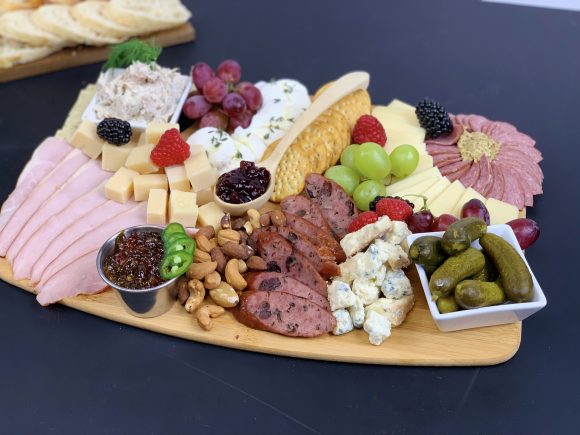
“The spirit of Sinturel’s quote is how we came up with our charcuterie board. We tried to use locally sourced items that would be appealing as well as familiar to people in our area,” said Brett Knutsen, ULF Perishables Category Manager.
Charcuterie entered the culinary world around the 15th century. The word charcuterie originates from the French words chair, meaning “flesh,” and cuit, meaning “cooked.”
The word was used for stores specializing in the preparation and cooking of pig, since it was illegal to sell raw pork at the time. Stores displayed their creations in their windows to draw customers in. Owners of these shops were charcutiers.
Cured meats of Italy and delikatessen meats of Germany were also being made and displayed similarly at this time.
A key to a good charcuterie spread is offering enough flavors and textures that pair well while still providing variety.
“A combination that pairs well with contrasting elements is the Rancher’s Legacy Cranberry Wild Rice Bratwurst with Emmi Roth Moody Blue Cheese, the sweetness of the cranberry with the tangy blue cheese works very well together,” said Knutsen. The regional board on the following page was created by Knutsen and Dave Dahl, ULF Center of the Plate Category Manager.

